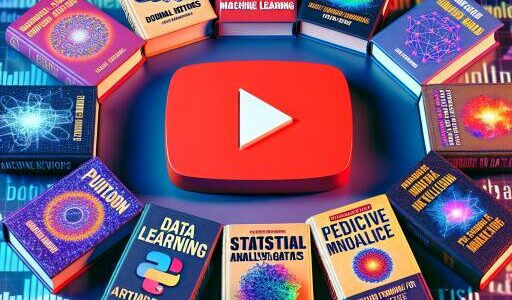Anthropics’ Revolutionary Leap with Claude 3 API Opus LLM: A Comprehensive Review
Earlier this week, Anthropic startled the AI community by unveiling a trio of groundbreaking AI models, collectively known as the Claude 3 family. These models, named Haiku, Sonnet, and Opus, are distinguished as vision language models (VLMs), boasting the capability to process both textual and visual stimuli. For enthusiasts eager to delve into the performance intricacies of the Claude 3 API Opus AI model, the All About AI YouTube channel has crafted an insightful comparison video that sheds light on what to anticipate.
A Glimpse into Claude 3 API Opus LLM’s Capabilities
Diving into the core strengths, the Claude 3 API Opus LLM was rigorously put to the test across a spectrum of tasks integral to modern software applications, displaying an impressive adeptness in logical reasoning and tackling complex, multi-step challenges with seeming ease. This prowess indicates its suitability for assignments demanding detailed, sophisticated thought processes.
When it comes to programming, the Opus model stands out significantly. Its proficiency in comprehending and generating Python code, animating cryptocurrency price trends, and crafting functional websites from the ground up, underscores its potential value to developers. By accelerating and simplifying programming tasks, it emerges as a potent asset.
Anthropic hails Claude 3 Opus as its most intelligent model, setting new standards for complex task execution. Its ability to navigate open-ended queries and unforeseen scenarios with impressive fluency and a human-like grasp demonstrates the zenith of generative AI possibilities. Yet, perfection remains elusive, as the model encountered challenges in executing intricate system instructions that involved embedding covert messages within sentences. This limitation hints at realms where further enhancement and refinement are necessary.
The Model’s Take on Image Analysis
In a remarkable display of its image interpretation skills, the model was assigned the task of projecting Bitcoin’s price for 2024, which it approached by crafting a detailed graph. Despite the overly optimistic forecast, the model’s capability to translate visual data into an elaborate analysis stands out as a notable achievement.
Implications for the Tech Community
Whatdoes this mean for professionals in software development or data analysis? The Claude 3 API Opus LLM promises to be a formidable tool, given its strengths in logic, coding, and image analysis. Although some areas, like advanced system instruction comprehension, are identified for improvement, the model’s overall performance highlights its potential to significantly influence API projects and broader technological landscapes.
Looking Ahead: The Future of Claude 3 API Opus LLM
As the frontier of AI technology expands, the prospect of enhancements for models like Claude 3 API Opus LLM beckon. With continued development, it is poised to evolve into an even more indispensable resource for the tech sphere. Stay tuned and keep a watchful eye on the unfolding future of AI – a future brimming with intriguing advancements and boundless possibilities.










